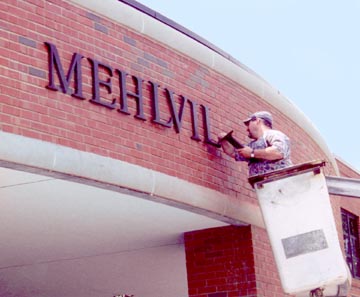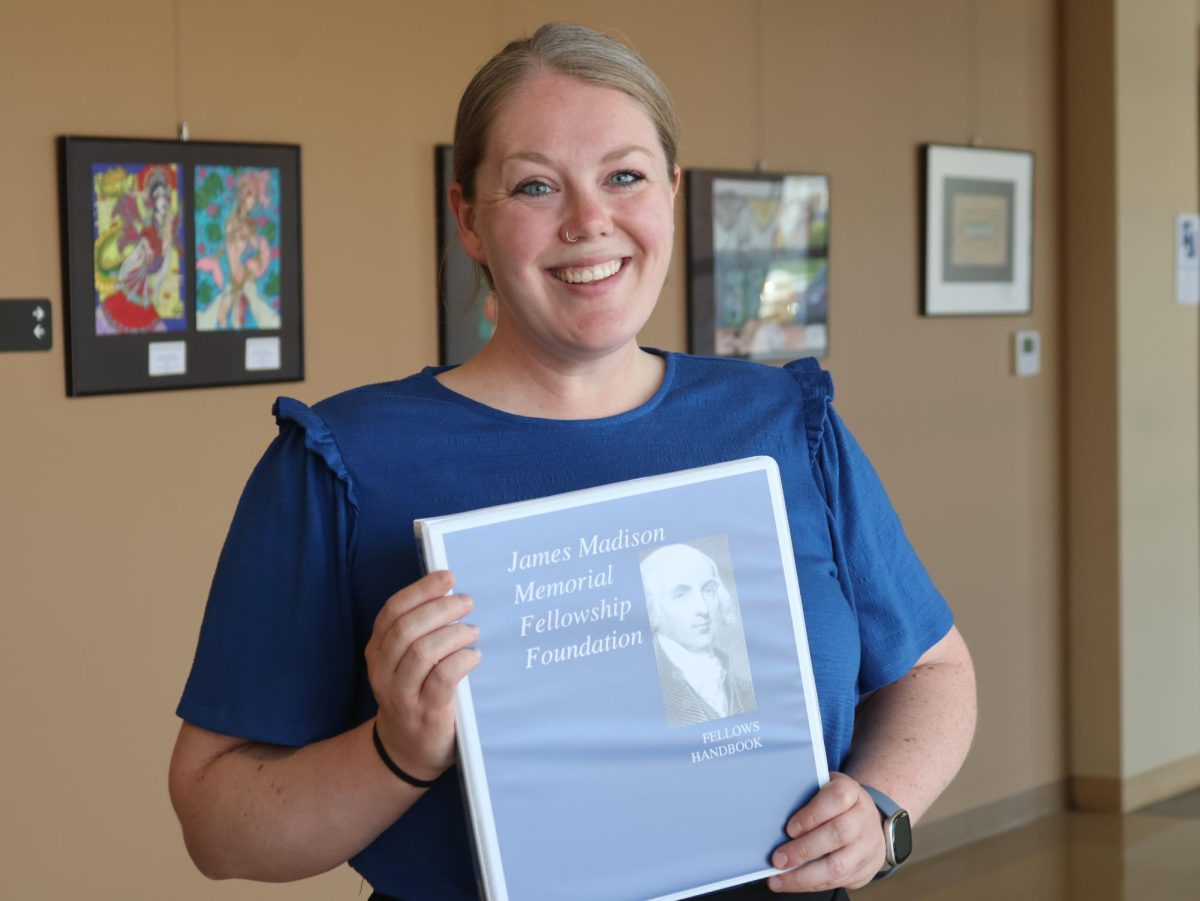The Mehlville School District Board of Education unanimously approved the 2024 tax rates at its tax rate hearing on Sept. 26. The board set the 2024 blended tax rate at $4.0070, a $0.039 increase from the previous year’s rate of $3.9680.
The blended tax rate – which is not levied but used to compare the district to others in the state – is a weighted average of the four levy rates also approved by the board (Note that the rates include 3.26 cents for Proposition A, passed by voters in 2016 and will sunset in 2025):
• Residential: $3.7914
• Commercial: $4.2175
• Agricultural: $4.7160
• Personal Property: $4.8161
The district is expected to receive $100.8 million in local tax revenue based on these rates, which is $1.1 million less than initially projected.
The shortfall is largely due to the lower assessed values and a tax collection rate that came in lower than anticipated, Mehlville Chief Financial Officer Marshall Crutcher said. The district will be able to absorb the loss by drawing from its cash reserves. The decline includes a 5.9% drop in personal property values, resulting in a $700,000 reduction in revenue. Personal property values had initially been forecast to increase by 3.5%, based on inflation projections, but instead fell by $24.9 million.
The remaining $400,000 of the shortfall is the result of a lower tax collection percentage than projected. The original budget assumed a 97.13% collection rate, but actual collections for fiscal year 2024 came in at 96.26%. Over the past three years, the district has averaged a 96.73% collection rate.
This year was also not a reassessment year for property values, since St. Louis County reassesses real estate every two years in odd-numbered years.
Board president Peggy Hassler questioned the impact of future changes in assessed values on the approved tax rates.
“So just to be clear, if we vote on this tonight, what happens if assessed values change moving forward?” Hassler said.
“We’re sort of locked in right now,” Crutcher said. “These are the final rates that we’ll be using for this year’s tax rates. So next spring, once we get to 2025, that’s a reassessment year. So once the assessed values change – and they will – we’ll go through and that will be reflected in the 2025 tax rates.”
Hassler also confirmed that the blended rate covers all four asset classes of real estate: residential, agricultural, commercial and personal property.
“Right … (the blended tax rate) is really the four asset class totals of the tax levy total, divided by the total assessed value, times 100, and that is your blended tax rate,” Crutcher said.
Crutcher added that the school district’s tax rates are calculated based on the state auditor’s tax schedules and the assessed values provided by the county.
Mehlville ranks 18th out of 22 county school districts in terms of tax rate. Additionally, the district has the lowest outstanding debt per student in the county.
Over the summer, in June, the board approved the fiscal year 2025 budget, which included a $3.5 million increase in salaries and compensation for staff, as well as $6 million in funds allocated for the district’s ongoing HVAC replacement project.
At the September meeting, board director Scott Huegerich questioned the impact of the tax rates on future budgets, particularly concerning HVAC projects across the district, which has been a multi-year initiative.
“This is more about the fiscal year 2025 budget,” Huegerich said. “When I compared it to the fiscal year 2024 budget, I noticed that we’re putting approximately $4 million less into the HVAC fund in fiscal year 2025 versus fiscal year 2024. I guess my question is generally about the district’s commitment to completing the HVAC project that we agreed to last year and the potential need for additional funding in the HVAC fund. Can you tell me how that might work?”
Crutcher said that was in part due to the higher costs of HVAC projects than the district originally proposed.
“All these costs are coming in a little bit higher … we were initially projecting about $33 million in HVAC projects over the three summers. It’s probably going to be more $36-37 million, in that range,” Crutcher said. “Initially, I had put $6 million to go into the HVAC bucket for this current year. But what I think I would like to do now is come November, with budget adjustments, I’m looking at really coming to the board and asking to commit probably roughly about $11 million instead of $6 million, plus or minus $2 million because we still have to sort out what the sales tax revenue and what the formula tax revenue is going to be due to still yet-to-be-determined numbers that will impact the revenue.”
In addition to the HVAC project, Huegerich also requested an update on Prop A, the temporary 4-cent no-tax-rate increase which will sunset next year. It generates roughly $800,000 annually for the district and must be used for roofing or HVAC projects.
“It’s my understanding that Prop A was specifically for roofing improvements and things of that nature. Much like what we’ve seen with (Proposition) S, we’ve seen the work completed, we’ve seen the expenditures, I think something similar like that for Prop A would be great,” Huegerich said.
Crutcher said he could provide a more detailed report in November.







